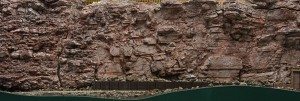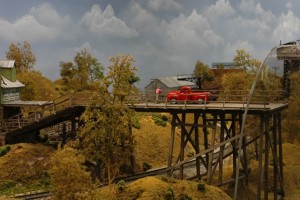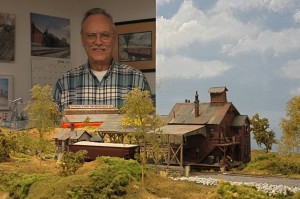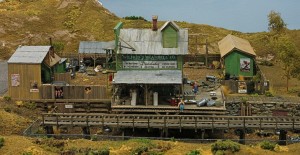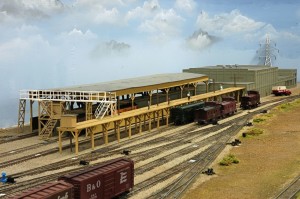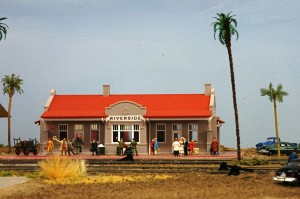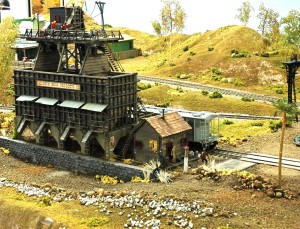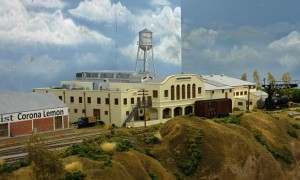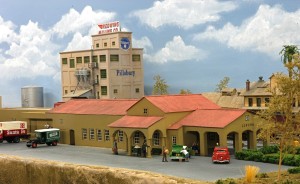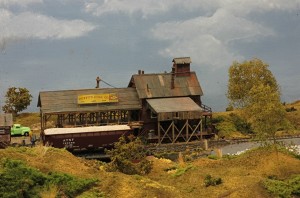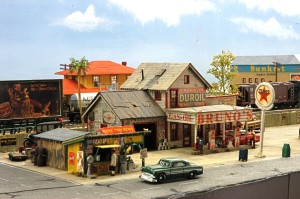Rob Jones, Convention Chair / Photos by Rob Jones
The 4th Division is proud to serve as host of the PNR’s Annual Convention this September 16–18, at the Embassy Suites hotel in Lynnwood, WA. Rooms are still available, so reserve yours today. Even though you may live within driving distance, you’ll have a much better convention experience if you can stay at the host hotel. You can learn more about the convention at the 4D website, 4dpnr.com.
Wednesday, September 15, begins with an Ice Cream Social, Swap Meet and BBQ.
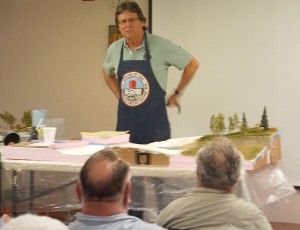
Clinics will be plentiful, with a wide variety by MMRs like Paul Scoles, Di Voss, Jack Hamilton, and Jack Burgess (of the famous Yosemite Valley Railroad) coming all the way from the Pacific Coast Region in California. Many other locals will also give clinics, including Walt Huston, Doug Bulger and Dennis Hill.
Prototype Tours will include Seattle’s St. Gobain Glass Co.; the Northwest Railway Museum in Snoqualmie, (including a tour of the facilities plus a rail ride); a special rail tour of a local shortline with a 30-mile ride for the first twenty persons to sign up (a once-in-a-lifetime chance!); and a tour of Boeing’s Everett Plant.
Layout Tours will be in two flavors: Guided Tours and Open Houses. The Tours take you on a bus (for a fee), while the Open Houses are free (but you have to drive yourself or arrange your own carpool). There will be three Tours each day. Layouts on Tours include: Russ Segner’s Sn3 layout, JJ Johnston’s HO layout, and many more! Open Houses are scheduled separately and include: Tom Enloe’s HO layout on Saturday and Roy Cutler’s and Walt Huston’s N Scale layouts and more!
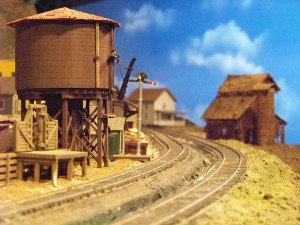
Operating Sessions are scheduled before, during and after the Convention and include Tom Enloe’s HO layout on Sunday and Roy Cutler’s N scale layout Friday evening.
Non-Railroad Tours and Events are also planned. There are many fine restaurants, entertainment, and shopping in the area. As always, see 4dpnr.com for complete information.
Friday morning’s PNR Annual Membership Meeting is open to all PNR members.
Saturday evening’s Banquet will be quite affordable and will feature as guest speaker John White on “The Inside Story on Developing Concrete Ties.” John was lead engineer in the development project. It begins at 7 PM.
And there’s loads of fun in-between. Hurry and register now so you don’t miss out! Go to 4dpnr.com, click on Cascadian International 2010 and follow the links. You can pay with Paypal or by mailing a check. For additional info or questions, contact Rob Jones, CI2010 Convention Chair, or Dennis Hill, 4D Superintendent, or any of the Committee members listed on the website.
This convention is for NMRA members only. You must be a member at the time of the Convention. So either sign up for regular membership or, if you haven’t been a member of the NMRA during the past two years, a RailPass will be included in your registration.


